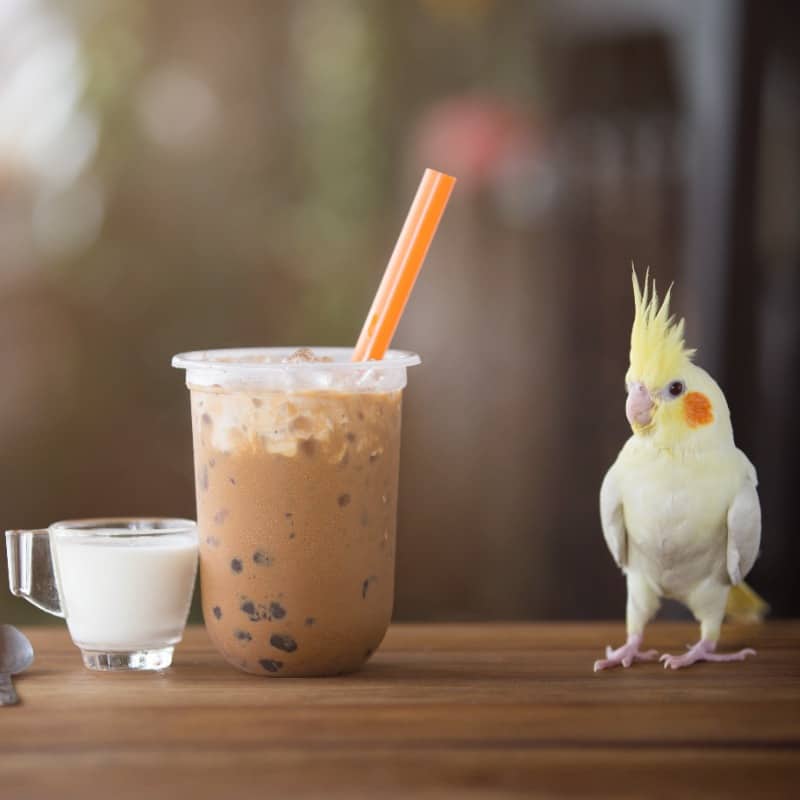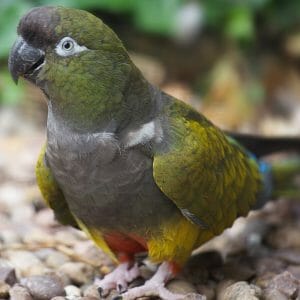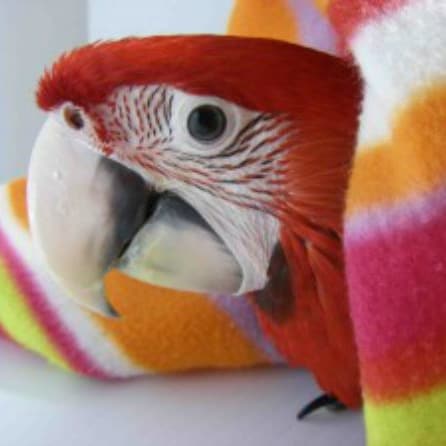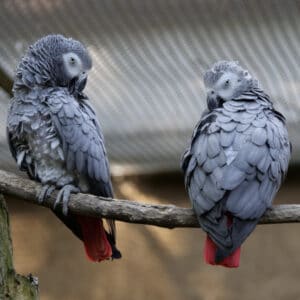
Can My Bird Eat Dairy Products?
Last Updated on by Mitch Rezman
Birds are an entirely different story in that their embryos are found inside an egg. Nature must provide that egg with all of the nutrients and liquids that are needed to nurture the bird until hatch day. Regurgitation is a method that parent birds used to feed the chicks because they can’t nurse.
Cottage cheese contains no lactose. Usually, yogurt and low lactose cheese are your best bet offered in small amounts. Like a carrot cube size. Note Cheddar is high in lactose whereas Mozzarella is low in lactose.
It’s important to keep in mind that live-culture yogurt contains lactose when produced but the organisms in the yogurt consume the lactose which removes it entirely from the yogurt. Some cheese products have onions and garlic which is not good for birds – is best to avoid these.
Written by Mitch Rezman
Approved by Catherine Tobsing
Author Profile
Latest entries
 The Traveling BirdJune 26, 2025Can You Name 5 Parrot Species That Are Living Wild in the USA?
The Traveling BirdJune 26, 2025Can You Name 5 Parrot Species That Are Living Wild in the USA? Bird BehaviorJune 26, 2025How is it Parrots Are Problem Solvers Social Animals and Even Use Tools?
Bird BehaviorJune 26, 2025How is it Parrots Are Problem Solvers Social Animals and Even Use Tools? Bird & Parrot AnatomyJune 25, 2025How a Tiny Chemical Modification Makes Parrots Nature’s Living Paintings
Bird & Parrot AnatomyJune 25, 2025How a Tiny Chemical Modification Makes Parrots Nature’s Living Paintings PigeonsJune 20, 2025How Do Parrots Thrive in Cities Outside Their Native Habitats?
PigeonsJune 20, 2025How Do Parrots Thrive in Cities Outside Their Native Habitats?
This Post Has 9 Comments
Leave a Reply
You must be logged in to post a comment.



Paula
16 Apr 2017My CAG loves to steal the milk from my cereal at breakfast, so I switched from cow’s milk to unsweetened almond milk. Is that okay?
WindyCityParrot
17 Apr 2017A little milk wont hurt – the issue is birds have no enzymes to digest any lactose
audrey
16 Apr 2017My m2 loves coconut soy yogurt… It is how I can get him to eat some pureed vegies. Is this ok? Thank you!
WindyCityParrot
17 Apr 2017We’re finding soy may have harmful effect on birds, it’s best to monitor day to day
audrey
19 Jan 2018Oh no…send me the details. 🙁
WindyCityParrot
19 Jan 2018working on a post now – stay tuned
Patrick Marino
17 Apr 2017https://uploads.disquscdn.com/images/8dfd265f4691538e5b955bc5bb99b56aa09250750dc3d6fbfaab15cdd48f16a2.jpg My B& G macaw loves scrambled eggs. Will give to her one time a week. And the shells are also good for calcium.
WindyCityParrot
17 Apr 2017We had a ringneck that would about teaar off your arm for hes scrambled eggs:-)
Kabegami The Great
27 Jul 2018How much mozzarella in moderation are we talking here?